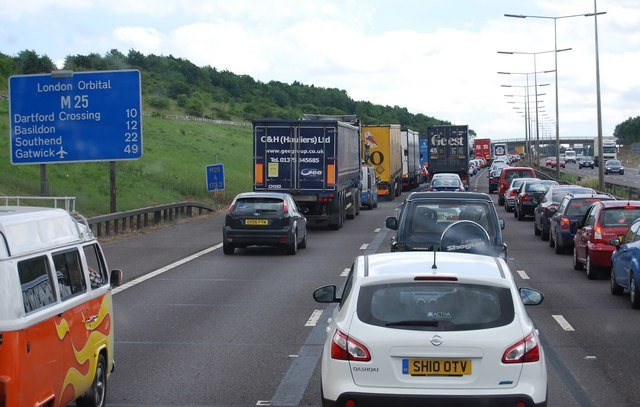In his work on the roads John Davidge has seen and understood a great deal about the behaviours and psychology of drivers. In this article, John looks at how state of mind can affect the outcomes of a journey.
Most people who drive for work or pleasure don’t go out on their daily trips intending to crash – but sadly it happens, and far too often. Generally the impacts and frequent repair bills are relatively minor but sadly for some, the outcome is life-changing for both the driver and the family concerned. Even fewer people get into their vehicle intending ‘not to crash’ – the difference is subtle; but the outcomes are just amazing. For those intelligent drivers who really understand the nature of the most common incidents, how and where they typically happen, and the frequent simple causes of such collisions, they are in a position to take small but significant actions that make all the difference in avoiding becoming the next statistic.
It is unfortunate that some drivers have a mind-set of allowing their (often self-imposed!) journey pressures to over-ride any other factors, resulting in a frenetic style of driving that inevitably leads to higher fuel consumption and to increased vehicle repair costs – accelerated tyre and brake replacement frequency, for example. Yet the sad reality is that for most of us in the UK, our journey times are continually governed by the volume of traffic and the speed cameras we encounter.
‘Intending not to crash’ starts with the right ‘state of mind’ – that is, one where the focus is on understanding and preventing collisions, and driving in harmony with our surrounding fellow road-users. As the understanding of that style grows, the outcome is a controlled and composed journey that results in a relaxed driver, minimal wear and running costs, improved fuel figures and above all not being involved in the mistakes that other road users will inevitably make.
The high-quality professional in-vehicle training that Cardinus trainers deliver every day is focused on helping drivers to understand the optimum mental attitude that makes the difference. Wouldn’t you want your valuable employees to ‘intend not to crash?’
For more information about our in-vehicle driver training click the link, or send us an email at [email protected].
Above image credit: N Chadwick. Under Creative Commons 2.0.



